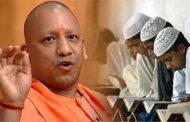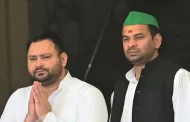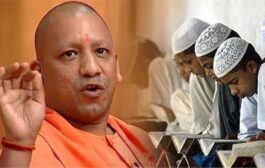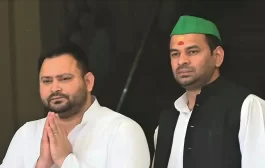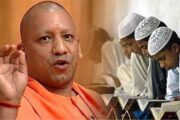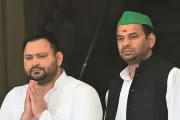The National Democratic Alliance (NDA) government will complete four years on May 26, 2018.
Headline numbers suggest that the economy has done well in these four years. India is the fastest growing major economy in the world. This growth has not come at the cost of high inflation or fiscal deficit. At no point of time has the Consumer Price Index, the benchmark measure of inflation for Reserve Bank of India’s inflation targeting agreement with the government, exceeded its targeted range.
Stock markets and foreign exchange reserves are significantly higher than what they were in May 2014. To be sure, external factors such as cheap oil prices and lower interest rates in developed countries have aided some of these achievements.
But then governments’ fortunes are always contingent on cyclical factors. Unless there is a big deficiency in this year’s monsoon, there is no reason to believe that the government will not be able to wriggle itself out of the problem posed by the rise in international oil prices at least till the elections.
Asking government-owned oil companies to take a cut in profits or even allowing a slippage in fiscal deficit are some of the options which can be exercised. A severe drought will of course unsettle these plans by demanding a big chunk of the resources at hand. It is also likely that election year will see a generous increase in Minimum Support Prices to please the distress ridden farming community.

Does this mean that the government will not face any headwinds on the economic front as it heads into the 2019 election cycle? Not necessarily. Headline economic numbers do not matter in the day-to-day lives of common people. Their judgment is more likely to be swayed by bread and butter issues.
Job creation was the biggest promise of the present government on the economic front. Due to non-availability of the next round of National Sample Survey Office (NSSO) statistics, it is impossible to conclusively settle the debate on job creation under the present government.
Both the opposition and the government are making varied claims about employment generation. While an academic debate must wait for the NSSO numbers to be released, it is public perception which will matter more as far as elections are concerned.
Statistics from RBI’s Consumer Confidence Survey do not paint a rosy picture. The survey asks respondents about their perceived current employment level compared to a year ago and expected employment levels in the next year. Latest numbers show a marked deterioration on both counts compared to when the government took over (See Chart 1).
Tracking the movement in these numbers can help us understand how the economic narrative has evolved under the present government.
Net expectation of employment a year ahead reached its peak in the June 2014 quarter, which is when Narendra Modi became Prime Minister. This suggests that people genuinely believed Achhe Din, the key slogan of Modi’s 2014 campaign, had arrived. This number held steady till December 2014 and then kept declining till the September 2015 quarter. The fact that India experienced two back-to-back drought years in 2014 and 2015 explains this trend.
The curve remained flat till September 2016 and showed a minor spike in the November 2016 quarter, which included a festive season followed by a normal monsoon after a two-year gap. Things changed drastically afterwards. The index kept falling for one full year until November 2017.
Demonetisation’s cash squeeze and teething troubles in implementation of Goods and Services Tax (GST) are bound to have played a role in this. The trend in last two quarters is indeterminate.
The movement in perceived present employment in comparison to the past year has followed a similar trend except, it peaked in December 2014 instead of the June 2014 quarter.
What does this mean for the political fortunes of the present government? It is difficult to say. Both these indices had started recovering from September 2013 onwards, a year before the 2014 general elections. Despite this the incumbent government suffered a big loss.
There is one trend, however, which probably explains the 2014 result. Expectation about future employment was rising at a much faster rate than perceived employment in comparison to last year in the run-up to the 2014 elections.
As has been pointed out earlier, the former peaked in June 2104 with the formation of the Modi government. This shows that the trend might have been a manifestation of political consolidation behind the BJP (then in opposition) before the elections. In case a similar trend is seen in the next few quarters, it could be bad news for the present government too. This also describes the central challenge for the opposition as far as setting the economic narrative is concerned. It is not enough to say that the government has failed to deliver.
Voters would like to know what the next version of Achhe Din would be like.
Source: HT



